
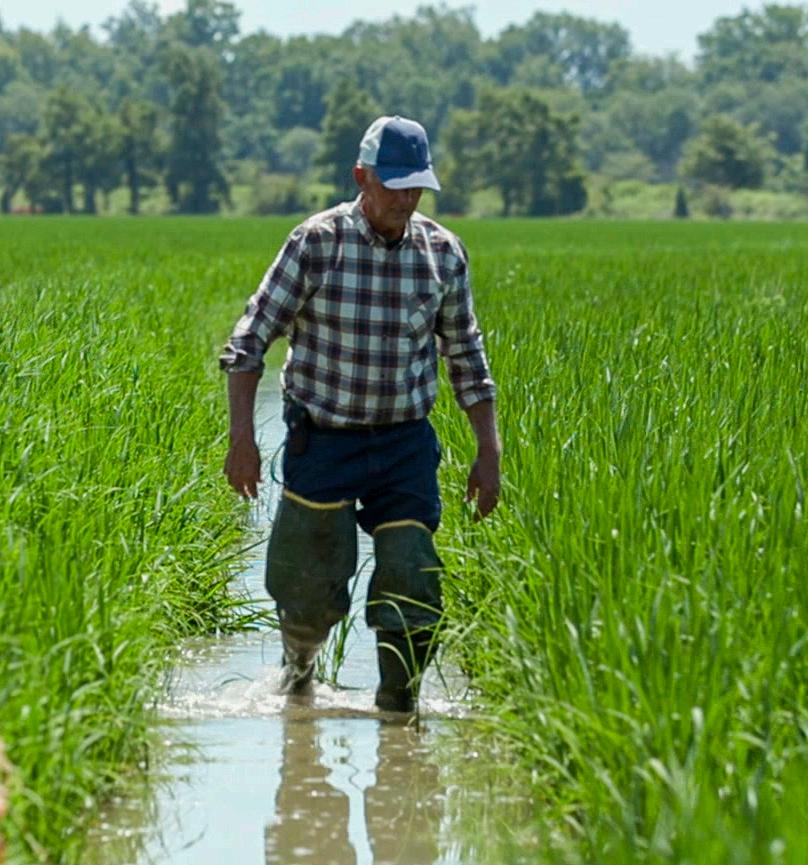





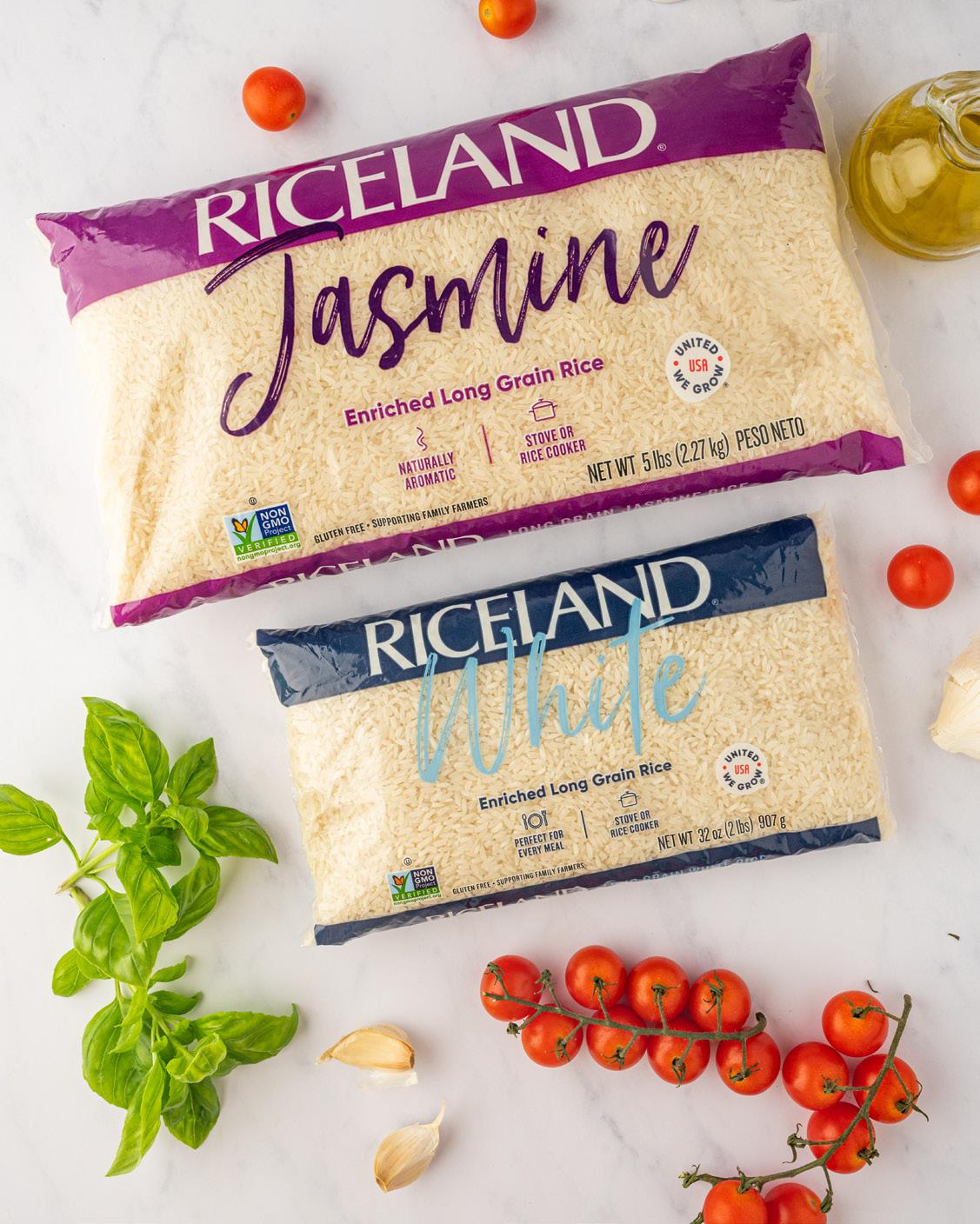

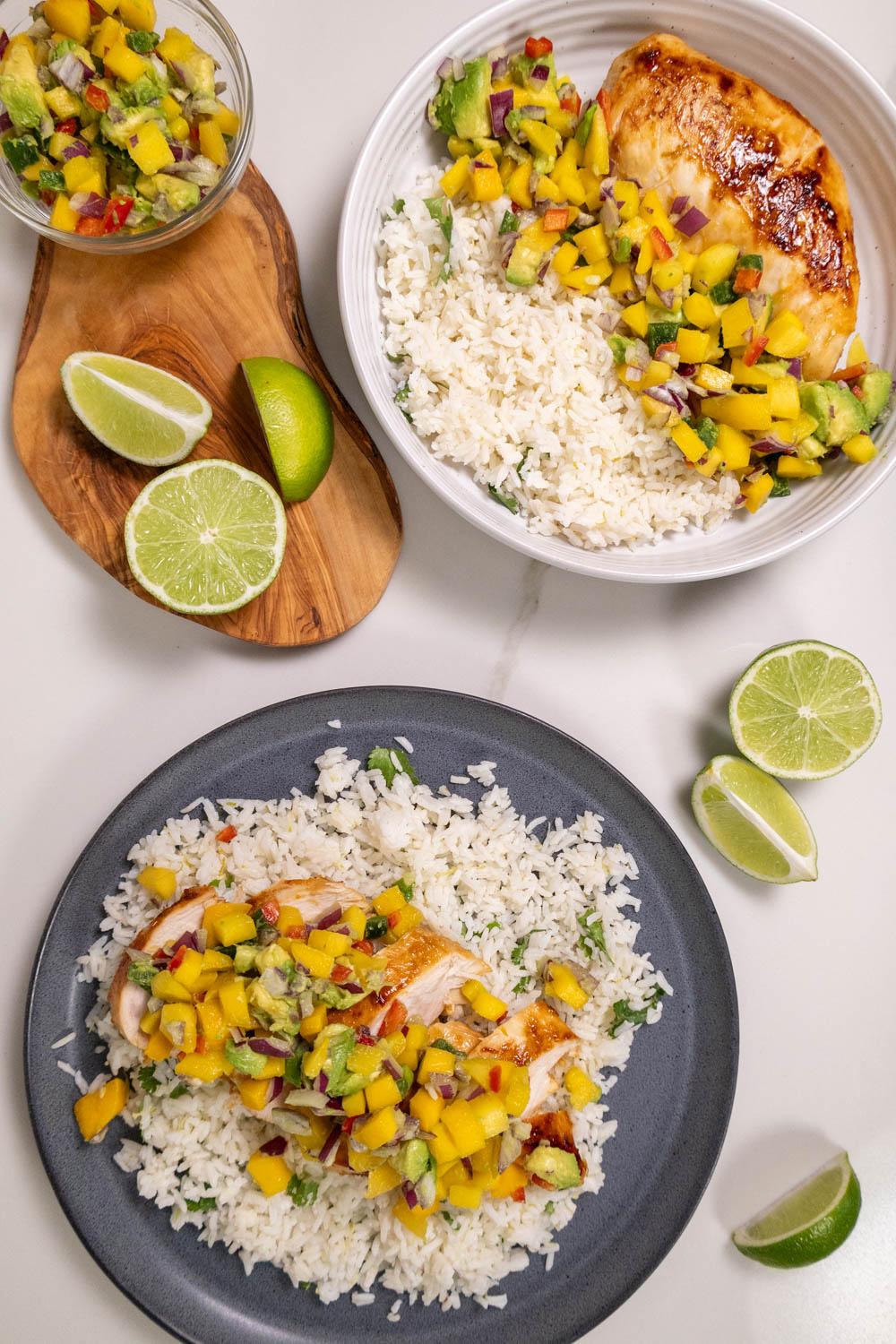















The Sustainability Team has once again provided considerable value to our farmer-members and customers through Riceland’s Ingrain Good Sustainability Initiative and the Riceland Carbon Ready Program. While working closely with our partners at Arva Intelligence, the Riceland Carbon Ready Program has provided verified, comprehensive data from our farmer-members’ sustainable farm practices. These climate-friendly practices not only produce the highest quality food and feed commodities for our customers, but they also provide confirmed environmental benefits.
Capturing the value of these environmental assets and returning them to the stewards of the land, our farmer-members, have always been the vision of Riceland’s Ingrain Good Sustainability Program.
Helping our customers meet their environmental goals while also ensuring our cooperative achieves our mission of helping Riceland’s farmer-members feed the world sustainably is a win-win!
Thank you to our customers who continue to support the Riceland Carbon Ready Program, and congratulations to our Sustainability Team for another successful year of returning real bottom-line value to our farmermembers for their environmental assets.

Kevin McGilton President and CEO

Through the promotion and implementation of sustainable irrigation practices, Riceland and its farmer-members aim to reduce the water usage in rice production by more than 250 billion gallons by 2025.
We are ahead of schedule! When we set the ambitious goal of reducing water usage in rice production by 250 billion gallons, we were still in the process of establishing what is now known as the Ingrain Good initiative. Through that initiative, we launched the Riceland Carbon Ready Program in June of 2022, and we believe these have significantly contributed to our success.
This water goal helped establish a purpose for farm data collection that has now blossomed into a program that has paid out over $8 million to farmers in the last 3 years. The cooperative model uniquely positions us to create a meaningful impact on the rice industry, and we believe achieving this goal showcases the advantages of working together as a cooperative. With this significant achievement under our belt, we will continue to seek innovative ways to push boundaries while delivering value back to our farmer-members.
Rice has historically been a water-intensive crop, and traditional farming methods have raised concerns about water usage and sustainability.
However, our farmers have been enhancing their irrigation efficiency through practices such as Multiple Inlet Rice Irrigation (MIRI), Furrow irrigated rice, zero-grade rice production, and alternate wetting and drying (AWD). The implementation of these practices have allowed us to achieve our goal of reducing irrigation water usage in rice production by 250 billion gallons.
250 BILLION GALLONS + and counting
From 2019 to 2024 there was 74% INCREASE in the adoption of more sustainable irrigation practices on surveyed acres.
OVER 900K ACRES surveyed since setting our water goal
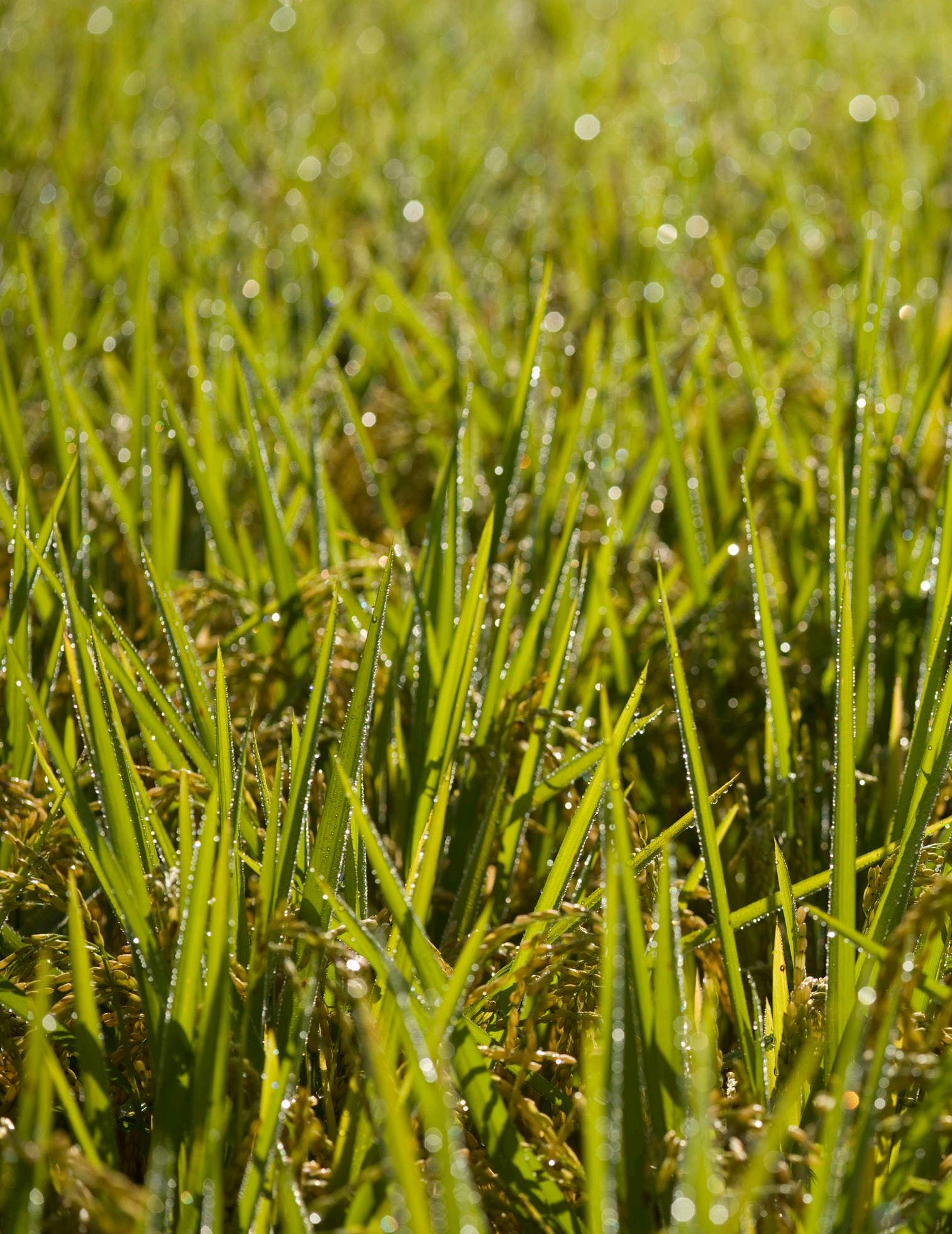
The numbers, the outcomes, and the people driving them.

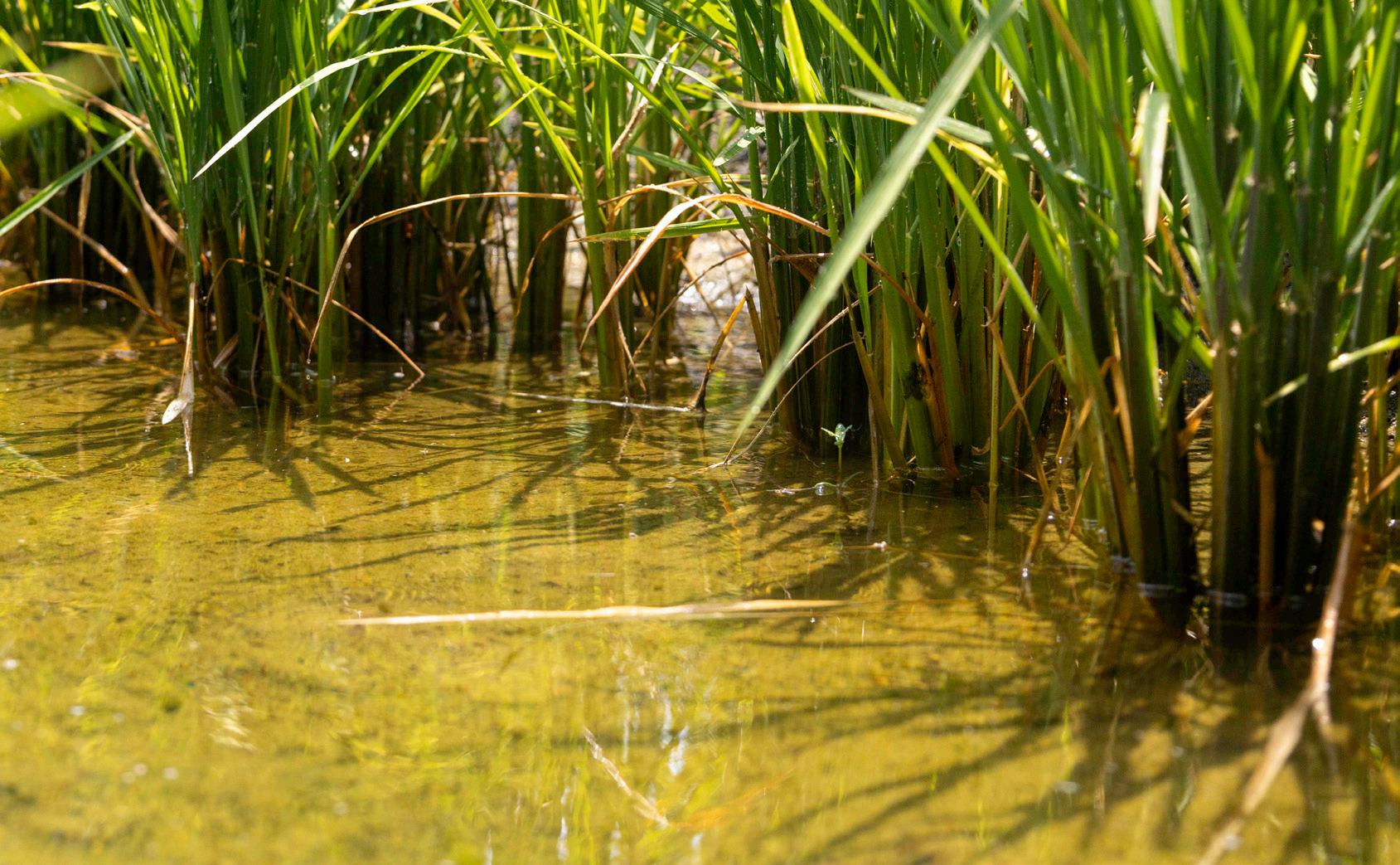
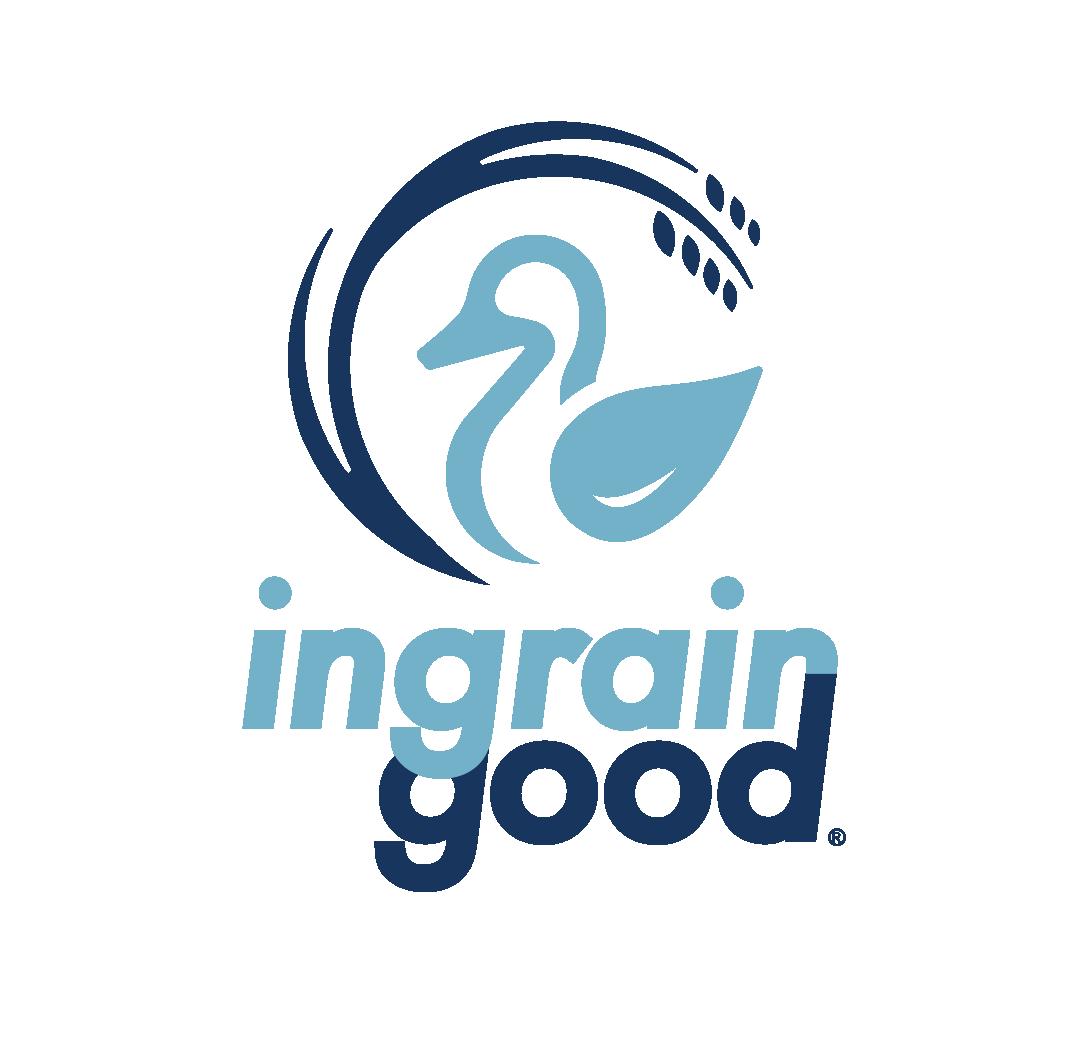
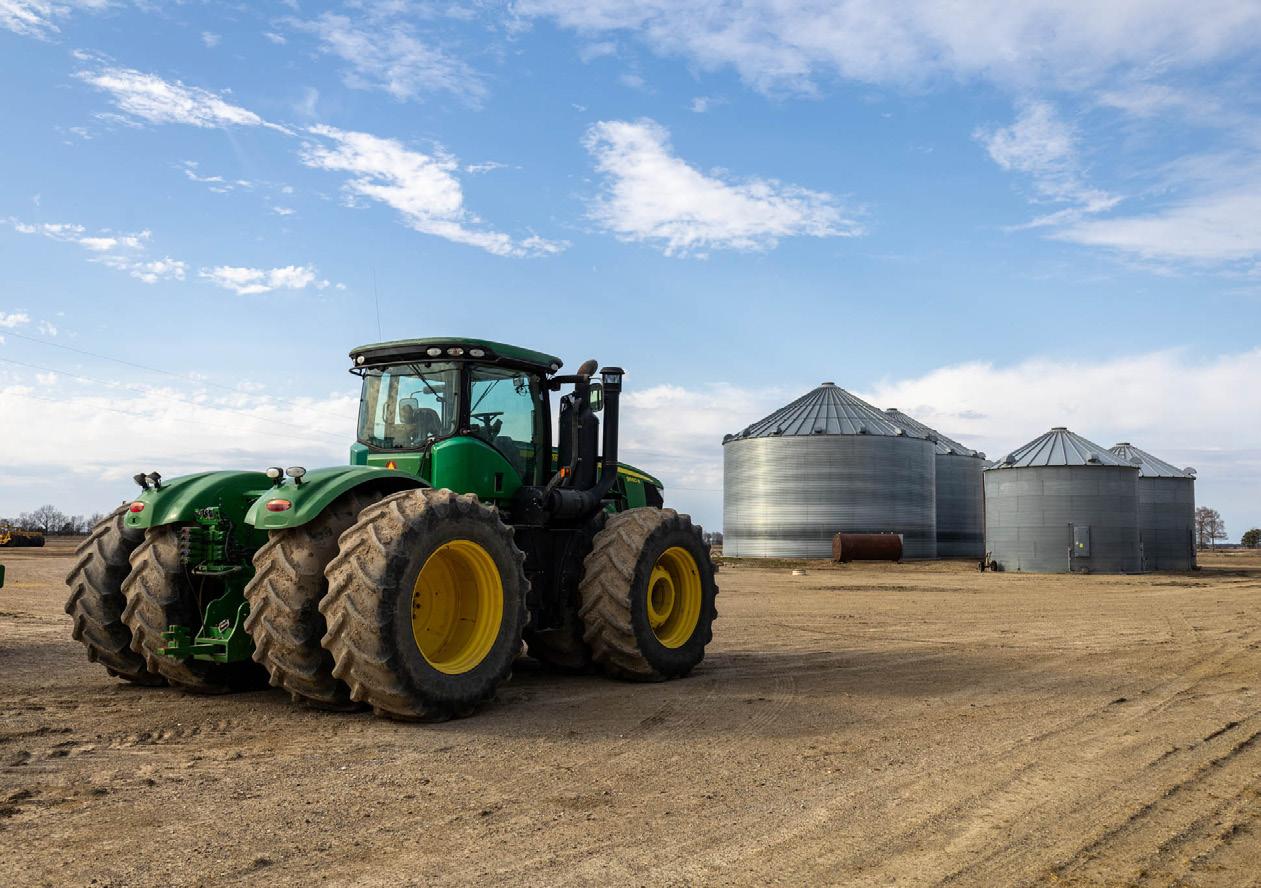


At Riceland, sustainability isn’t a buzzword — it’s a shared responsibility.
As a farmer-owned cooperative, our approach to sustainability starts at the field level, where decisions are made every day that shape the health of our soil, our water, and our rural communities. That’s why we created the Riceland Carbon Ready™ program — to reward the stewardship our farmers already practice and open new doors to opportunity.
“Ingrain Good™” is more than a slogan — it’s a mindset. It’s about building something that lasts, not just for one season, but for generations. On the farm, it looks like:
• Making decisions that protect your soil and water.
• Using resources efficiently, not just because it saves money, but because it’s the right thing to do.
• Thinking long-term about how today’s practices shape tomorrow’s outcomes.
• Raising a crop that feeds the world, supports wildlife, and strengthens your community.
Whether it’s applying fertilizer at the right time, using AWD to stretch every drop of water, or providing waterfowl habitat after harvest — you’re already ingraining good into your daily work. Riceland Carbon Ready™ helps you get credit for it.
Sustainability isn’t just about checking a box for a brand or meeting a retailer’s climate goal.
On your farm, it means:
• Lower fuel and water bills.
• Healthier soil that holds nutrients and moisture longer.
• Smarter irrigation that reduces labor and increases precision.
• Becoming more resilient in the face of droughts, floods, or rising input costs.
• Access to new markets that value what you do — and are willing to pay for it.
When your farm operates more efficiently and with long-term stewardship in mind, you gain control, reduce risk, and stay competitive.
Supply chains may be talking about climate action — but it’s your land, your effort, and your leadership that makes it real.
Rely on flooded rice fields for critical habitat and food during migration. BEHIND THE LOGO
A staple across many cultures and cuisines - and after harvest, provides vital food for ducks and other waterfowl.
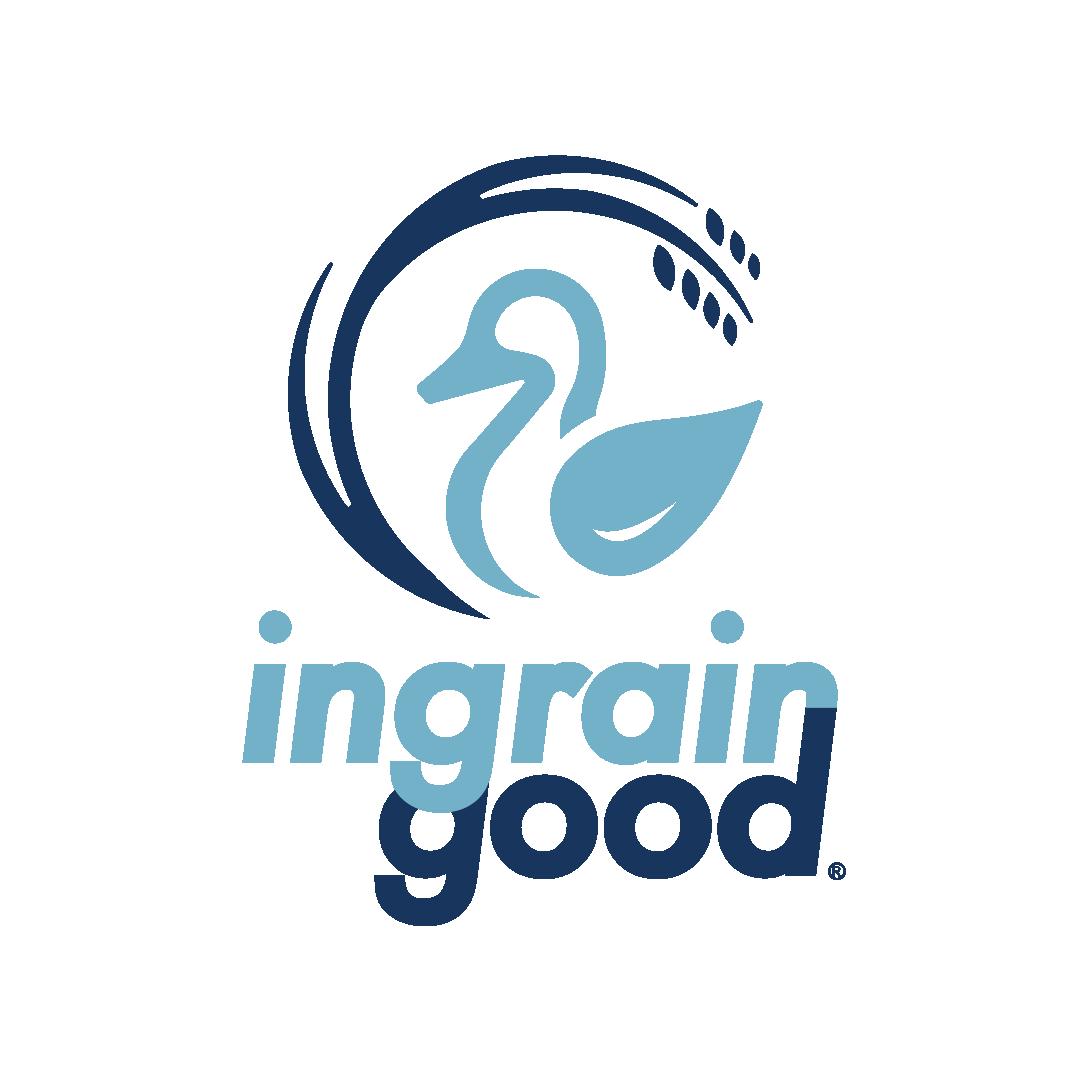
Essential for growing rice, and its careful stewardship is key to sustainable farming.
Riceland Carbon Ready™ isn’t a cost. It’s a tool to turn your sustainable practices into measurable environmental assets — and then get paid for them.
Here’s how it drives profitability:
PER-ACRE PAYMENTS:
Up to $30/acre (based on practices and impact) — with millions already paid out.
Farmers report lower irrigation costs, better fertilizer efficiency, and fewer wasted resources.
Your data can unlock multiple revenue streams — carbon credits, water conservation bonuses, and wildlife habitat incentives.
Riceland is working with forward-thinking customers who want climate-smart supply chains. Carbon Ready™ helps make your crop more attractive to those buyers.
The bottom line? The more sustainably you grow, the more value you create — for your farm, your cooperative, and your future.
135.9K
• 194 farmers across 710 farms
• 62% increase in enrollment year over year
• 95% retention rate

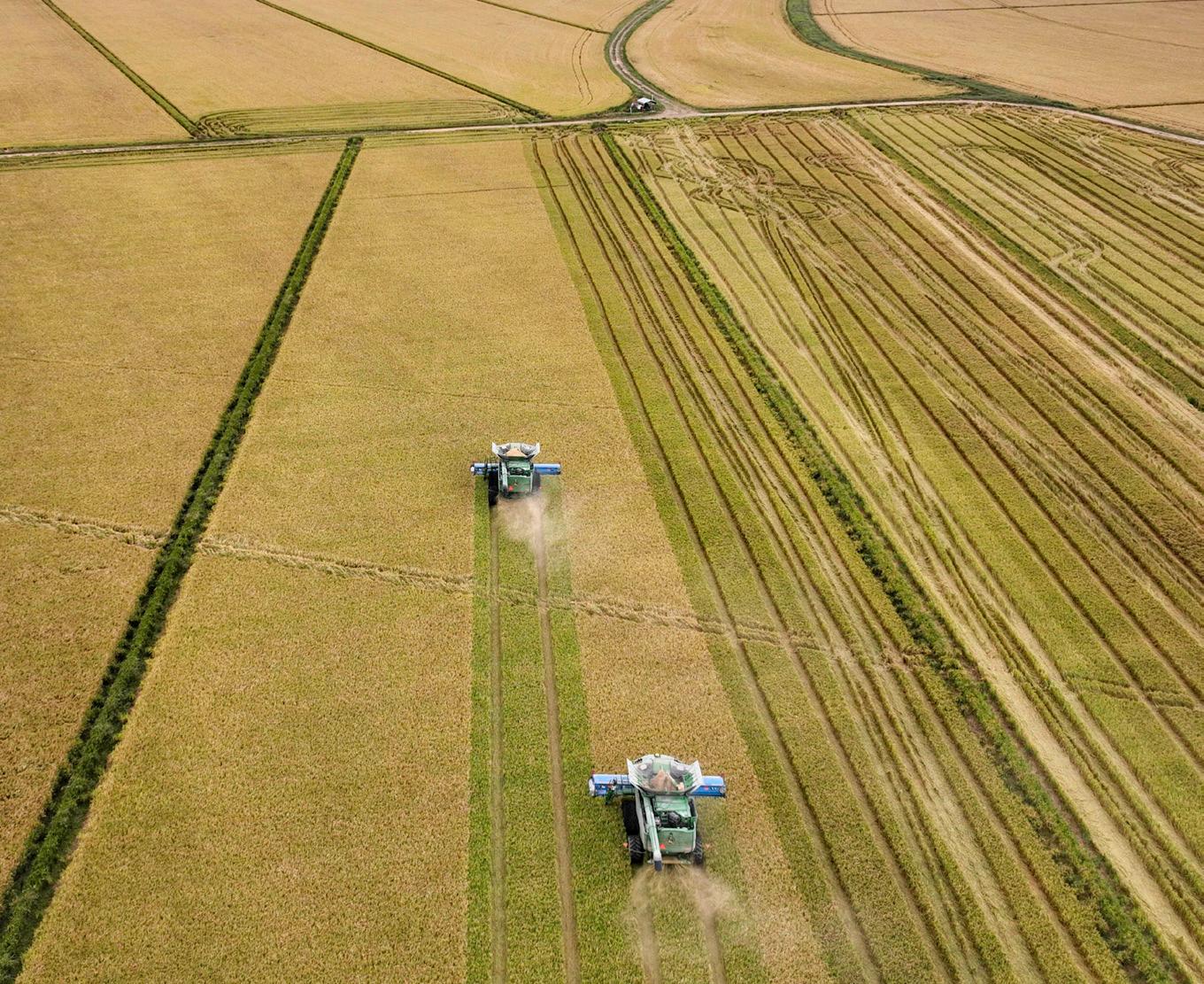
71.2K ACRES
DEDICATED TO WILDLIFE HABITAT
• 1,278 rice fields flooded for ducks
• Flooded rice fields provide significant resting habitat and over 10% of the nutritional needs for waterfowl
WE SAVED
WATER to fill

39.3 BILLION GALLONS OF WATER SAVED
• 30% water savings across enrolled acres
• 80% of enrolled acres utilized sustainable water practices
• 26% of enrolled acres utilized surface water

60,000 OLYMPIC SWIMMING POOLS
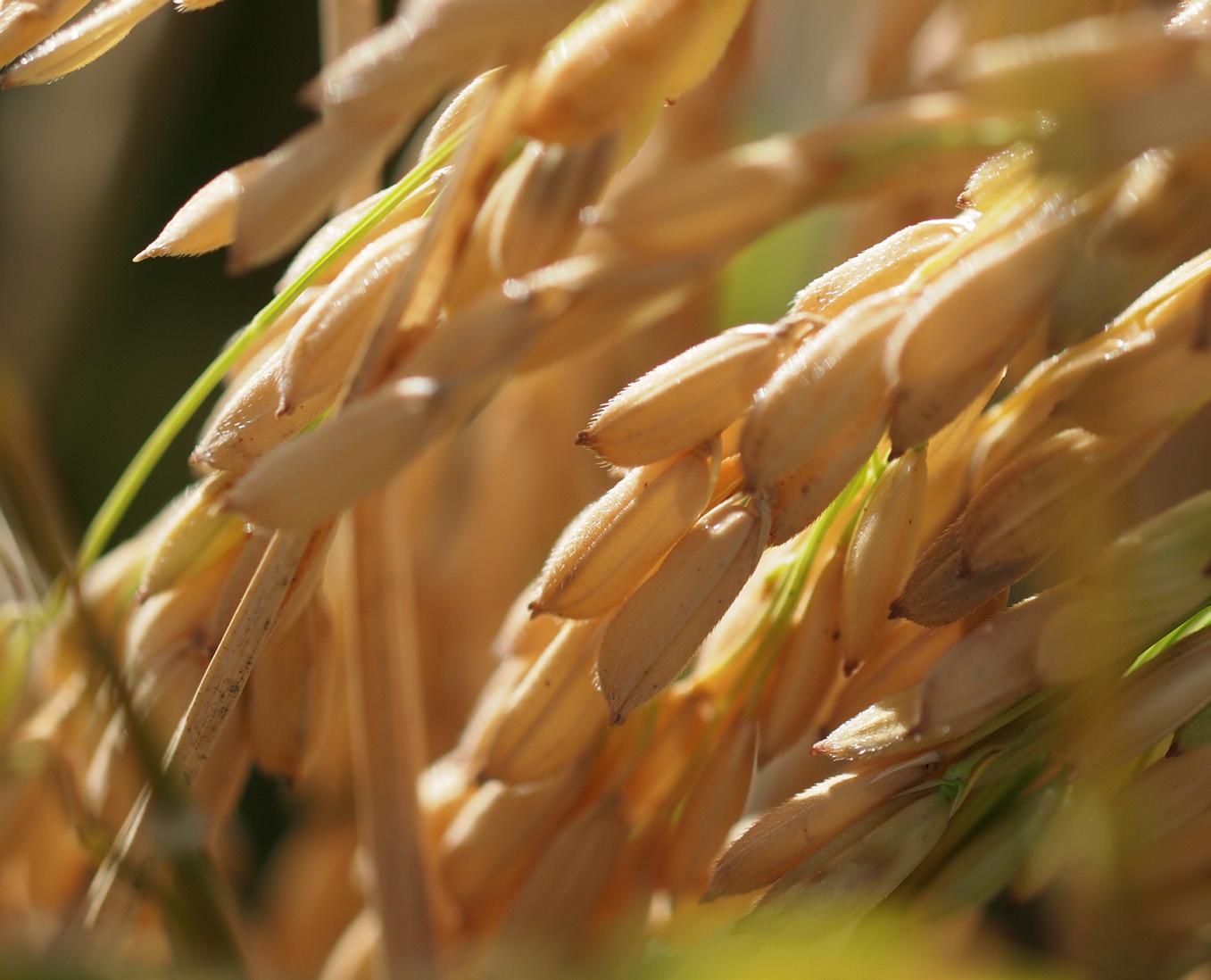
$4 MILLION IN 2024 FARMER PAYOUTS
• Nearly $8.5 million in payouts to date
• Average of $30/acre based on evidencing

26
20
RICELAND RECEIVING LOCATIONS REPRESENTED
2,188 RICE FIELDS
The Riceland Carbon Ready™ program continues to gain traction - not just growing in size, but building lasting trust with those who participate. In 2024, we saw a 62% increase in farmer enrollment, reflecting rising interest in sustainability that adds value without disrupting operations.
Even more telling: 95% of enrolled farmers chose to stay in the program.
That kind of retention speaks for itself. It means the program fits. It works. And it brings real

returns to those who participate — economically and environmentally.
Once growers experience the value and ease of Riceland Carbon Ready™, they stick with it.
$20,000 ON AVERAGE, IN ANNUAL PAYOUTS
.
The recent state of the farm economy has heightened the importance of every dollar for our farmer members. While we understand that successfully operating a farm requires more than just financial support, we believe this funding offers a valuable incentive for adopting sustainable production practices.
“With the tough times American farmers are enduring right now, we were looking for every avenue to increase profitability.
We heard that Carbon Ready was being run through our Co-op and that we would be able to showcase the sustainable practices we implement on our farm. It was the perfect fit.”

REAL STORIES. REAL PRACTICES. REAL IMPACT.
The Riceland Carbon Ready™ program was built to fit within your operation, not on top of it.
Whether it’s managing irrigation more efficiently, refining fertilizer use, or adjusting tillage, many of the practices that qualify for payment are ones you’re already doing. The difference? This program helps you track, verify, and get rewarded for them — without changing what works.
“Riceland is our farmer-owned Co-op so choosing to work on a program like this through them was a no brainer.
It not only rewards us for the practices we implement but also showcases the sustainable decisions Riceland members make.”
Participation doesn’t mean adding new paperwork to your workload. In fact, for most growers, enrollment starts with a conversation and a few files you already have — like planting maps, soil samples, or photos of AWD drydowns.

Riceland’s sustainability team works with you directly to gather what’s needed. If there’s a gap, we help you fill it. You stay in control of your data, and nothing moves forward without your signoff.
This isn’t a one-size-fits-all program — it’s a flexible, field-by-field opportunity to bring more value to your operation.

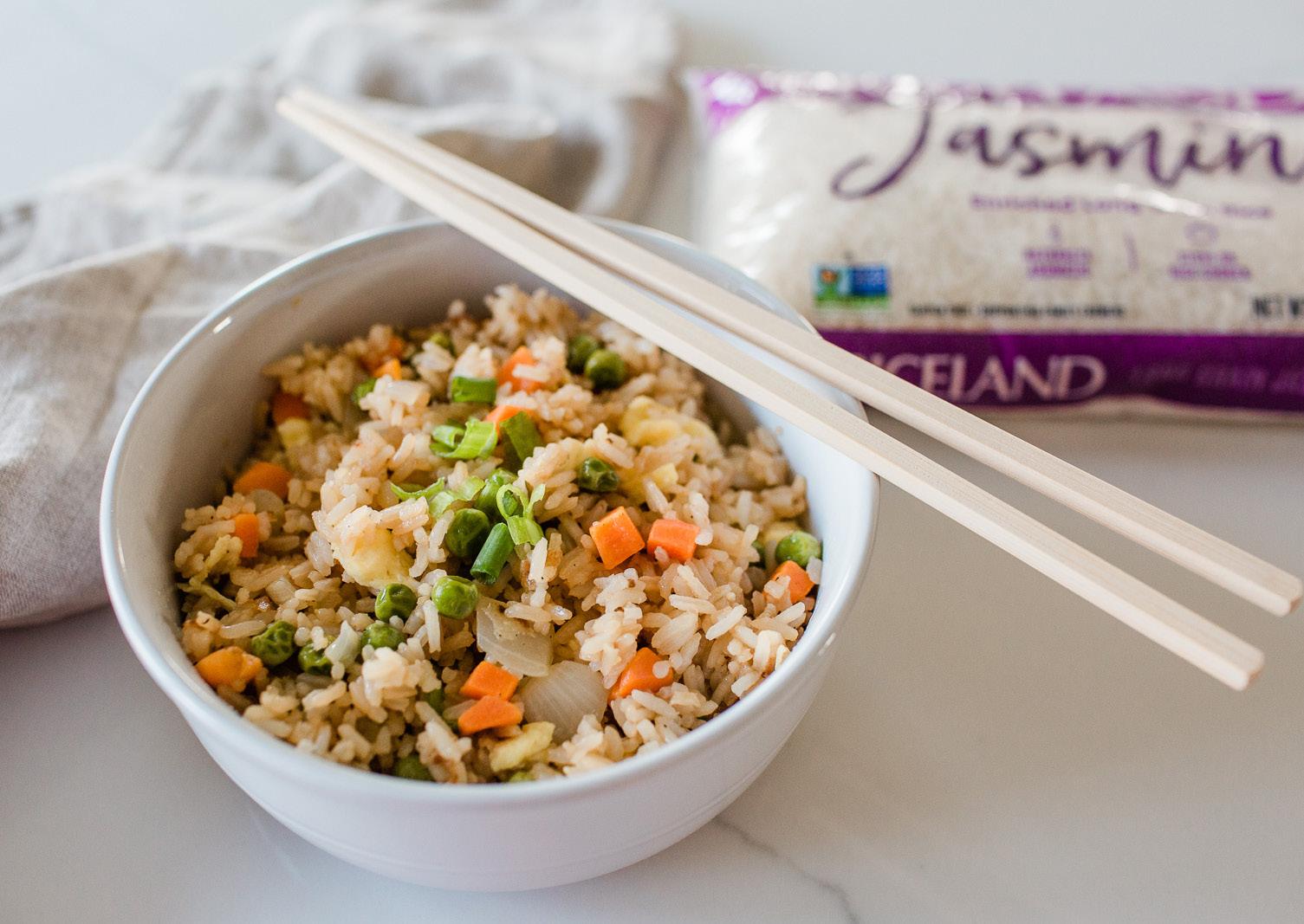
48,000
Like many growers, Jennifer and Josh were already making sustainable decisions — reducing tillage, using off-season water for habitat, and relying on scouting to fine-tune nitrogen applications. But it wasn’t until they joined Riceland Carbon Ready™ that they saw how much value those practices held.
By sharing invoices, field maps, and irrigation schedules, they were able to verify practices they were already proud of; and got paid for them.
When you’re out in the field managing irrigation, planning rotations, or checking nutrient applications, sustainability might not be the word that comes to mind. But it’s exactly what you’re doing — managing
“I’ve seen that participating in a program like Carbon Ready isn’t as hard as it’s made out to be.
I was already collecting data throughout the crop year, now I just condense it into a usable form to make sure I can continue participating in programs like this.”
resources with intention, improving long-term productivity, and stewarding land for the next season and the next generation.
With Riceland Carbon Ready™, those everyday decisions become measurable. They become marketable. And they become a new revenue stream when you verify what’s already working.
It’s not about changing your operation. It’s about recognizing the value in the work you’re already doing and getting credit for it.
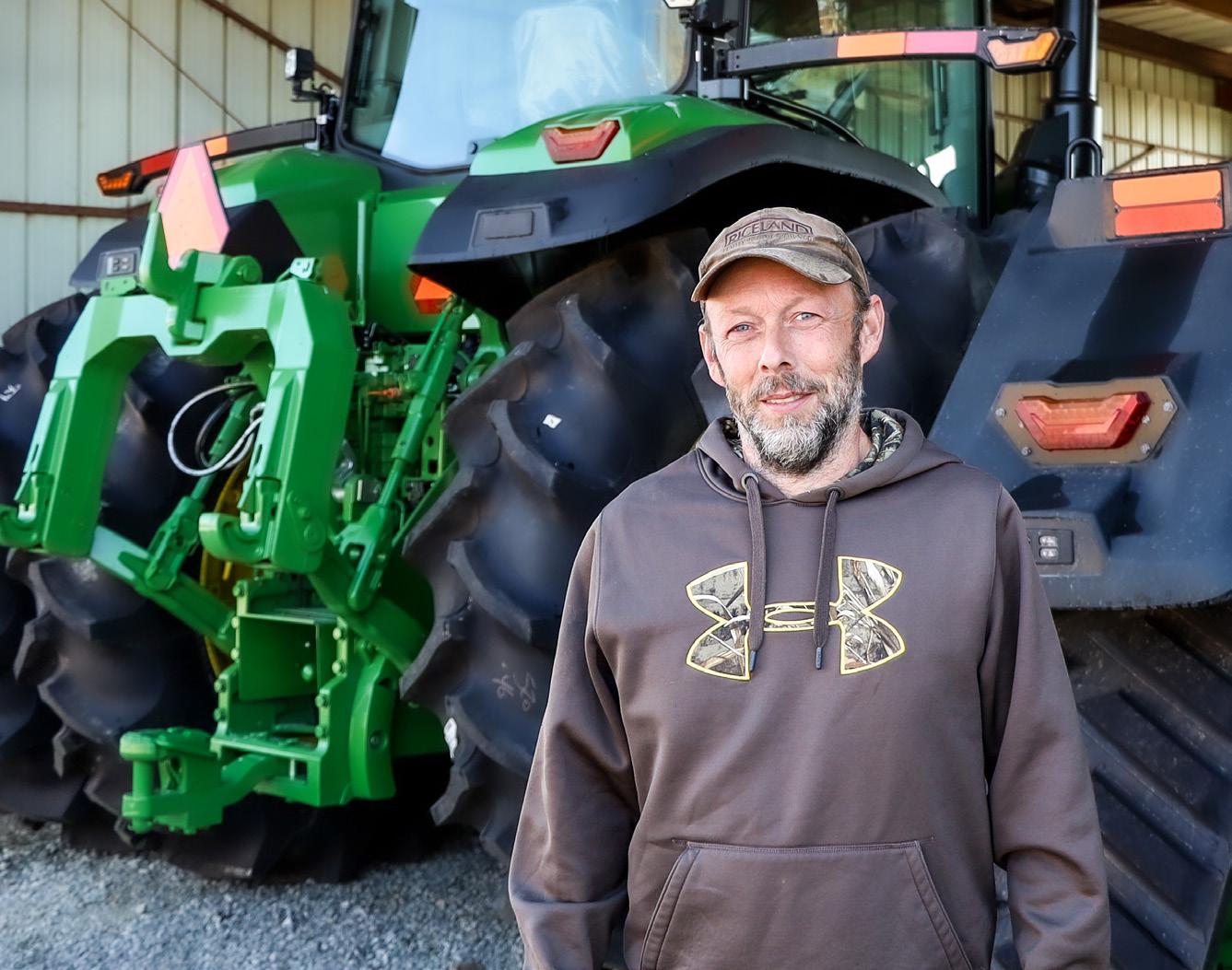

How verified farm data powers climate-smart supply chains.
How farmers’ data traverses the supply chain to uphold our customers’ climate-smart initiatives
Our farmers have done the hard work – conserving water, reducing emissions, creating waterfowl habitat – but what happens next? The choices our farmer-members make in their fields ripple through the entire food chain, from processor to packaging to the grocery aisle.
As companies buy the cooperative’s rice products –from food manufacturers to pet food brands – they face pressure from regulators, retailers and consumers to prove the products offered are sustainably sourced.
Through the Riceland Carbon Ready Program, our customers find a dedicated partner, who can back up climate claims with real numbers. That’s where the Riceland farmers really shine.
When our members reduce CO2e or save water, it gives our customers hard data to lower their supply chain emissions, a key part of their environmental scorecards.
Sustainability is no longer optional. Companies and brands use the verified data they obtain through the Riceland Carbon ReadyTM Program to:
• Label products as climate-smart or “grown with reduced emissions”
• Meet corporate climate targets
• Win shelf space with retailers who prioritize ESG
• Appeal to eco-conscious shoppers who care where their food comes from

Every verified ton of CO2e our members reduce or gallon of water saved through climate-smart practices, becomes a competitive advantage for the cooperative’s customers who purchase Riceland rice.
When a shopper grabs a bag of rice with Riceland’s name on it, they may not know the farmer who grew it – but they are buying into a shared values system.
• Farmers who prioritize saving water helped grow a product with a reduced water footprint
• Field practices matter, making that bag part of a climate-smart purchase
• Farmers who commit to sustainable practices help brands tell an honest, authentic story about where food comes from
And that story drives loyalty, demand, and growth, not just for the product, but for the growers behind it.
Sustainability efforts don’t stop at the field edge –They move through the supply chain, shape product stories and end up in the hands of families across the country.
At Riceland, it’s about more than growing rice – It’s about growing trust, value and long-term market relevance for our farmers and our customers.
As our customers began their sustainability journeys and set climate-smart goals, Riceland recognized the critical role it could play. As a farmer-owned cooperative, we knew that many of our farmer-members were already using sustainable practices—because they made both environmental and economic sense.
With over 100 years of building trusted relationships with our farmers, Riceland was wellpositioned to guide this transition. That trust became a turning point. When sustainability was still undefined for much of the industry, our members were willing to take a leap because they believed in their cooperative’s leadership.

data from the field to support real, measurable climate-smart agriculture.

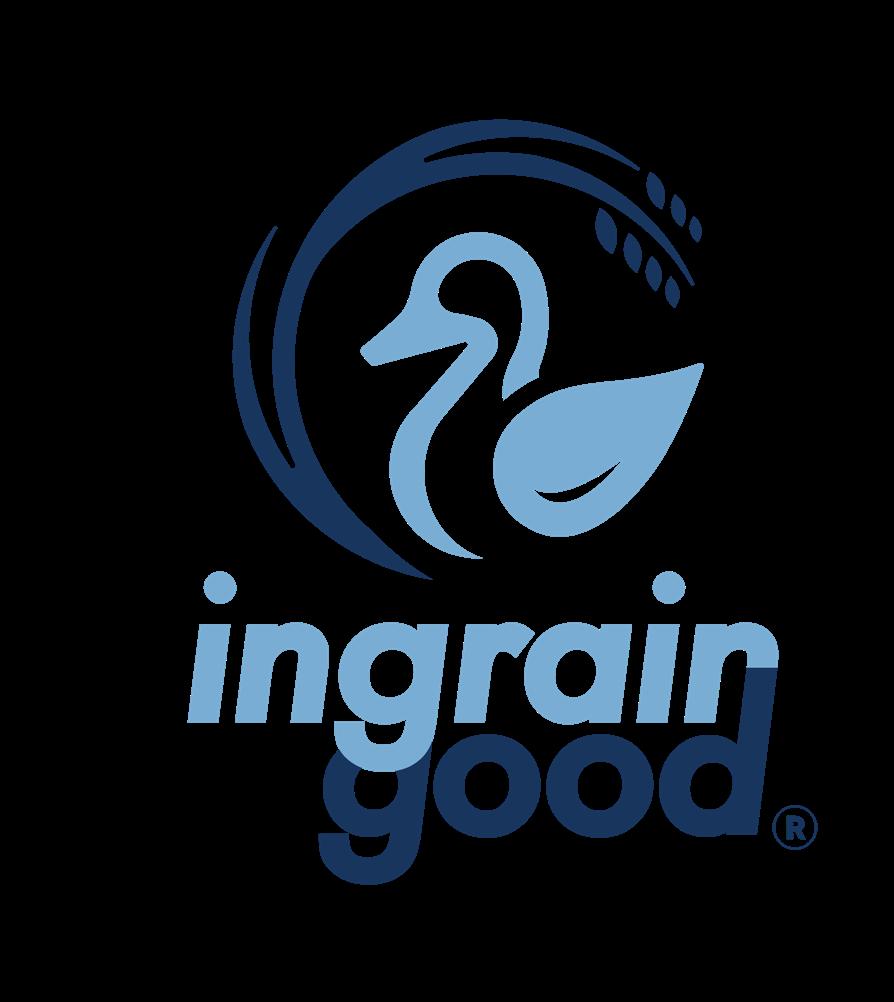


Riceland led the way by forging partnerships with data collection platforms, water conservation groups, and food companies aligning around ESG goals. These efforts created a foundation where both farmers and customers could work together—using verified
Through the Riceland Carbon Ready™ program, we’ve connected farmers and customers in a meaningful way. Farmers contribute verified field data; customers gain confidence in their environmental claims, knowing the data is protected and managed with integrity. As these relationships have evolved into true partnerships, the Carbon Ready program has scaled— enrolling more acres, supporting more farmers, and tracking more practices. It’s a data-powered ecosystem that supports customers’ climate goals and recognizes farmers’ real world efforts.

Whether you’re a farmer-member or a Riceland customer, this program puts your priorities at the center.
Together, we’re closing the loop—aligning sustainable farming with climate-smart goals to grow a better future for people and the planet.
Over the past few years, carbon markets have started to gain traction throughout the agricultural supply chain. These markets rely on environmental assets, which allow large corporations to demonstrate positive changes in their overall emission footprint. Our customers were seeking climate solutions, and our farmer-members provided the answer.
Farmers can participate in two types of carbon markets: the carbon offset market and/or the inset market (Scope 3 Emission Reductions). The inset market allows these environmental assets to remain in the agricultural supply chain, whereas a carbon offset credit can be sold on an open market. Currently, Riceland Carbon Ready is assisting Riceland members in accessing the inset market. The sustainable practices our farmers implement reduce their carbon footprint, which in turn lowers the footprint of customers who purchase Riceland rice.
Consumers today are asking more of their food: Where was it grown? How was it produced? Is it better for the planet?
When your sustainable practices are verified through Riceland Carbon Ready™, they help
“We believe that we were already doing the right things before participating in Carbon Ready.
With that being said, funding on the table for the results of sustainable practices plays into our crop plan at the beginning of the year.”
136K TONS
136K TONS TOTAL CARBON REDUCTIONS
AVERAGE CO2 REDUCTIONS PER ACRE or
1.003 TONS
1.003 TONS
answer those questions not just for your co-op or your buyer, but for the families shopping for rice in grocery stores across the country.
Each practice you implement and document makes it easier for Riceland to deliver credible, traceable sustainability claims to major food brands and in turn, helps them meet climate goals, win shelf space, and build consumer trust.
The end result? A bag of rice backed by your good work and bought because of it.

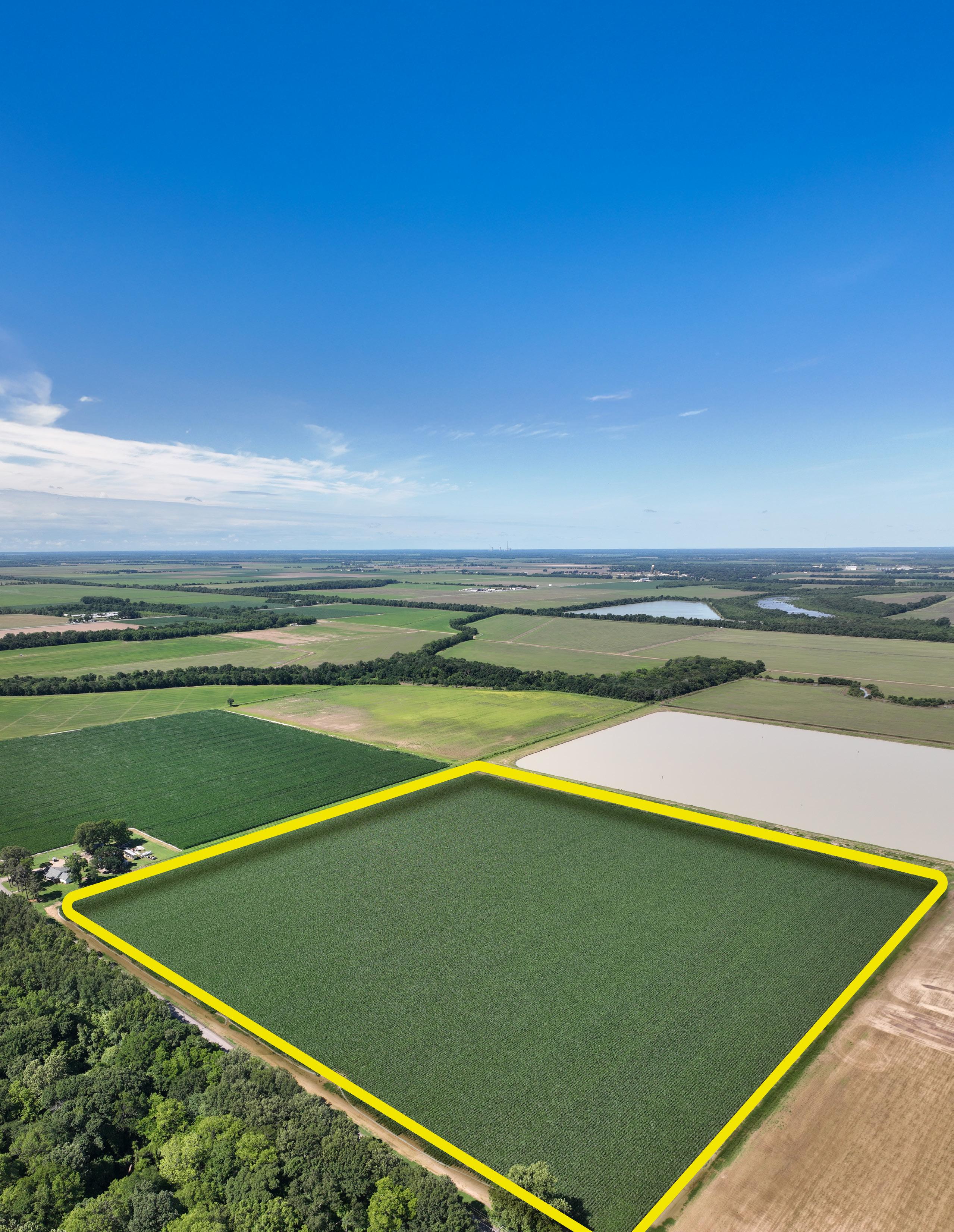
How the program works — from practice to payment.
Getting rewarded starts with the right practices and the proof to back them up.
Sustainability incentives can bring real value to your farm. To qualify, practices must meet program criteria and be verified with evidence. The good news? You’re probably already doing a lot of what counts.
OFF-SEASON MANAGEMENT
SOIL SAMPLING
*Learn more on Page 26
4 Rs nutrient management source, rate, time, place
AWD, MIRI, row rice, zero grade fields
Stubble management, cover crops, habitat creation
Variety, rates, yield
Reduces soil disturbance and lowers emissions.
Smart nutrient use reduces nitrous oxide - a powerful greenhouse gas.
Saves water and reduces methane emissions.
Supports carbon sequestration and wildlife habitat.
Provides number of days in growing season and crop production.
We don’t ask for anything you wouldn’t already use to manage your farm. A few of the common forms of evidence we accept:
• Precision ag software exports (e.g., John Deere Ops Center, FieldView)
• Soil sampling records
• Irrigation logs or pumping records
• Scouting reports or management logs
• Photos of AWD practices
• Habitat documentation for off-season flooding
We know data privacy is critical to our farmer-members. When developing Riceland Carbon Ready, it was critical for our team to allow program participants to retain their data ownership.
FARMER-FIRST DATA POLICY: You own your data. Period. We’ll never sell, share, or publish anything that identifies you or your operation.
AGGREGATED & ANONYMIZED: All reporting to customers and partners is stripped of personal identifiers. No names. No maps. Just impact totals that reflect the power of your practices — without putting your business at risk.

CLEAR OPT-OUT OPTION: You can withdraw from the program at any time before payout — no questions asked. Your trust is more valuable than a transaction.
DATA INTEGRITY + SECURITY: We use trusted platforms like CropForce™ by Arva Intelligence to securely gather and quantify your data. These platforms are built for agriculture — not big tech — and respect the value of farm-level information.
For more than 100 years, Riceland has been more than a buyer of grain. We’ve been your cooperative — built by farmers, for farmers. That legacy is built on trust, shared values, and doing what’s right for our members. It’s how we’ve grown together across generations, and it’s how we continue building toward the future.
When we launched Riceland Carbon Ready™, we didn’t just build another program. We built one grounded in the same trust and transparency that’s always defined Riceland. One where your data stays yours, your choices matter, and your work earns real rewards.
Built on relationships, not forms.
This isn’t a faceless carbon program. You know our team — and we know yours. You’ll have direct access to a Riceland sustainability representative who can help you understand what’s needed, walk you through questions, and ensure you’re comfortable every step of the way.
When you call, a real person answers. When you have a question, we meet you in the field. That’s the Riceland difference.
With over 20 years of combined experience in the sustainability space, our team brings a deep commitment to both environmental stewardship and the long-term success of our farmer-members. We’ve cultivated a farmer-focused approach that prioritizes building authentic relationships and delivering measurable results to our valued customers.
Across our entire footprint, we’ve developed trusted partnerships with growers— relationships that form the bedrock of Riceland’s Ingrain Good Initiative. We

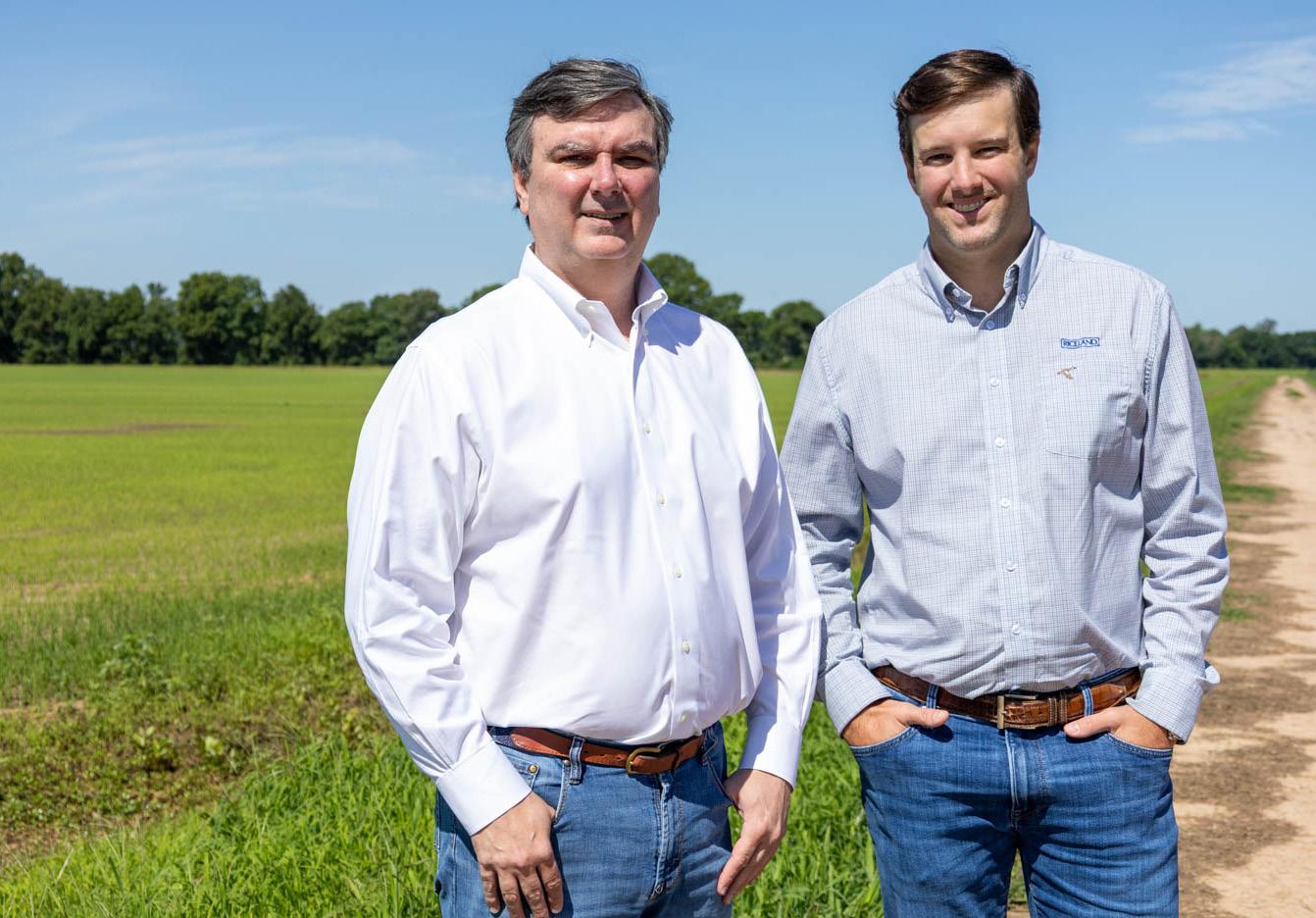
understand that sustainability only works when it works for farmers. That’s why we’re focused on ensuring our farmer-members see real, tangible benefits from participating in the program—whether through improved efficiency, resource conservation, or recognition for their environmental leadership.
Ingrain Good is more than just the five faces you see here. It’s the result of a cross-functional collaboration that spans departments throughout Riceland. From marketing, accounting, and sales to our drier network and mill operations, every corner of the organization plays a role in making this initiative a success. The achievements highlighted in this report are a testament to the collective efforts of our entire team—working together to create a more sustainable future for our farmers, our customers, and the communities we serve.
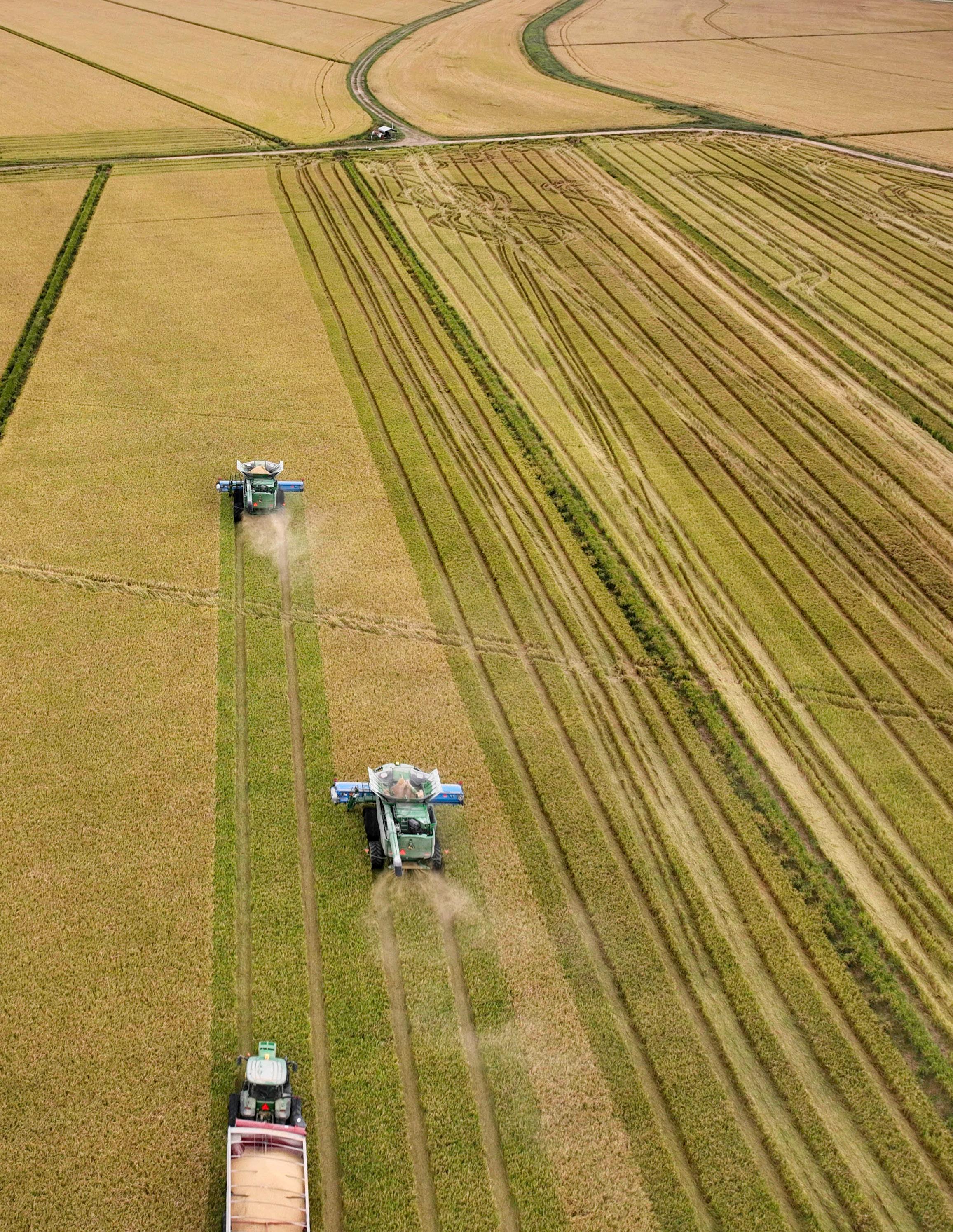
Where the program is headed and how to get involved.
The goal of Ingrain Good TM has always been to provide a comprehensive sustainability program that can meet members where they are. Riceland Carbon ReadyTM serves as the flagship of our sustainability efforts, but we aim to continue finding ways to bring value back to our Farmer-members.
Riceland Carbon ReadyTM participants will now have access to grain storage technologies and services through a partnership with API Grain Management and the OPI Blue TM system. This new benefit is offered to Carbon ReadyTM members at a reduced rate through Riceland.
OPI Blue TM is a grain management system that can assist farmers with the management of grain in their on-farm storage. Through technology installed into grain bins, the OPI Blue TM system can help farmers manage and maintain the grain in their farm bins while providing grain monitoring, energy savings, grain quality improvement, and detailed reporting.
As we begin a new crop year, we are focused on improving our data collection process by ensuring that members understand the types of information we need and the timeline for data collection. We will be utilizing a new software that will enable us to communicate more effectively with participants throughout
the year. We aim to connect with growers regularly and provide them with tools and resources that facilitate efficient data collection and aggregation.
Ingrain Good TM was designed to grow with our membership and their operations. As the sustainability sector evolves, we have expanded our program offerings to provide solutions tailored to our customers, while keeping our members’ needs in mind.
Throughout this growth, we aim to ensure that farmers do not have to bear the burden of gathering additional information, choosing among various offerings, or tracking program enrollment. Ingrain Good TM and Riceland Carbon ReadyTM work together to ensure farmers can easily participate in different programs or sustainability tracks that align with their operations.
Riceland Carbon ReadyTM is the flagship of our sustainability efforts, and we are committed to finding ways to bring value back to our farmer members. Our team is dedicated to exploring new markets, enhancing access to technology, and creating innovative solutions that benefit both our farmer members and customers. We are excited to work with you as your trusted sustainability partner in 2025!
In 2024, Riceland Carbon Ready™ helped our farmer-members unlock new revenue streams and implement practices that boost both profitability without adding extra burden to their operation.
Curious about what Carbon ReadyTM could mean for your farm?
Scan the QR code to learn more about the program and how to get started.

As climate goals become business priorities, Riceland is proud to be a trusted partner for consumer brands, retailers, and supply chain leaders working to reduce their footprint and support regenerative agriculture.
Through Riceland Carbon Ready™, we connect sustainability investments directly to the farm, driving measurable impact where it matters most.
Want to learn more about partnering with us?
Scan the QR code to explore the program and connect with our sustainability team.


CASCADE Traditional method of flooding a rice field by filling each paddy in between levees one-by-one starting with the first or top paddy. Then, water spills into the next paddy.
MIRI Multi-Inlet Rice Irrigation is a method using poly tubing to distribute water to each paddy simultaneously. To ensure even water distribution across each paddy, farmers can use Computerized Hole Selection (CHS) software to determine the size and number of holes in each paddy.
ZERO GRADE Fields are precision leveled to zero and/ or virtually no slope. These fields contain three to four small furrows around the field to efficiently bring the field to the desired flood stage.
FURROW IRRIGATION This method delivers water through the use of rows/furrows. In row rice, a retaining levee is pulled at the bottom of low end of the field to hold water across the bottom portion of the field.
ALTERNATE WETTING AND DRYING Farmers allow the flood to recede until the soil surface is visible (wet or dry) before reapplying the flood.
SURFACE WATER Irrigation water source that utilizes water from rivers, streams, ditches, bayous, reservoirs, and other water sources that are above ground level.
GROUND WATER Irrigation water source that utilizes water from underground aquifers. The aquifer source varies depending on the depth of the available water tables in each region.
NITROGEN INHIBITOR Additives that reduce ammonia volatization after the application of fertilizers that contain urea.
SPLIT APPLIED NITROGEN Adjusting the amounts and timing of fertilizer applications in accordance with crop growth stage, cropping season, variety used, and crop establishment method.
VARIABLE RATE TECHNOLOGY (VRT) Allows farmers optimize input efficiencies through custom application amounts for different areas of a field.
NUTRIENT MANAGEMENT Farmers work with Certified Crop Advisors (CCA), University Extension Agents, or other registered professionals to ensure optimum results in nutrient applications throughout the growing season.
GRID SAMPLING Taking samples at regular intervals across the field. Grid sampling is typically best when typography is uniform but different soil types occur and management strategies in the past have been varied.
ZONE SAMPLING Taking soil samples in areas of the field that can be managed the same way, sample the uniform areas as a single area and use the average of the soil samples to manage each zone.
COMPOSITE SAMPLING The traditional soil sampling method. A composite sample is taken by mixing all the soil cores collected from a defined area into a single melded sample.
CONSERVATION TILLAGE No-till, minimal, or reduced-till decreases erosion and preserves soil moisture, allowing for greater microbial activity and increase in soil organic carbon (SOC).
CONVENTIONAL TILLAGE Common practice of disturbing the soil deeper than conservation tilling using a plow followed by a second tillage pass disking/harrowing.
COVER CROPS Planting legumes and/or grasses increase soil health and prevent topsoil loss from wind and water erosion.
WATERFOWL HABITAT Rice fields in the mid-south provide over a third of US waterfowl habitat. Flooding fields in the winter prevents them from sitting fallow (bare) and establishes resting and nesting habitat for dozens of waterfowl species.
STUBBLE MANAGEMENT Farmers aid and/or increase the rate of decomposition of straw or removal of straw left over in a rice field after harvesting (burning, harrowing, baling).


